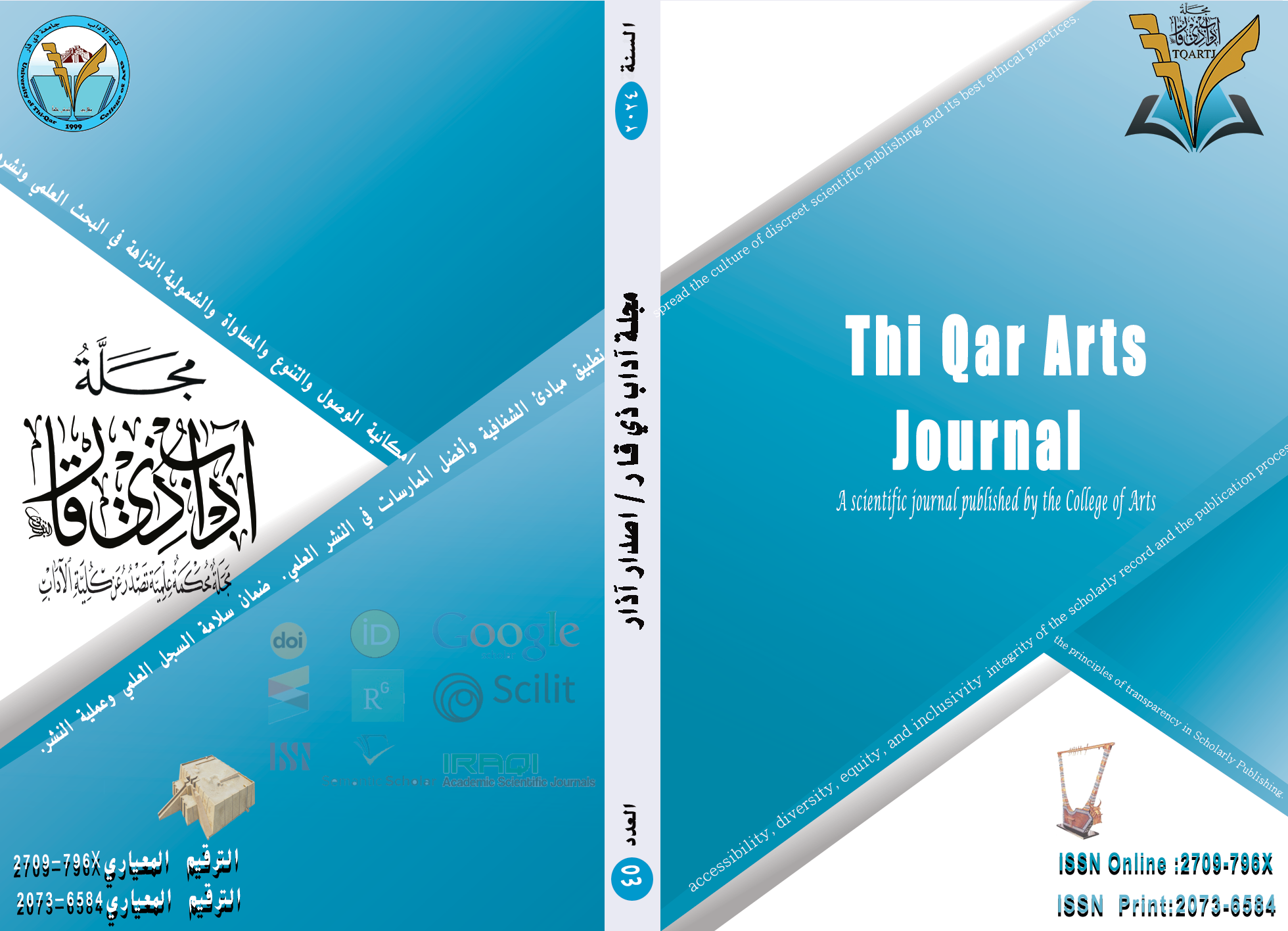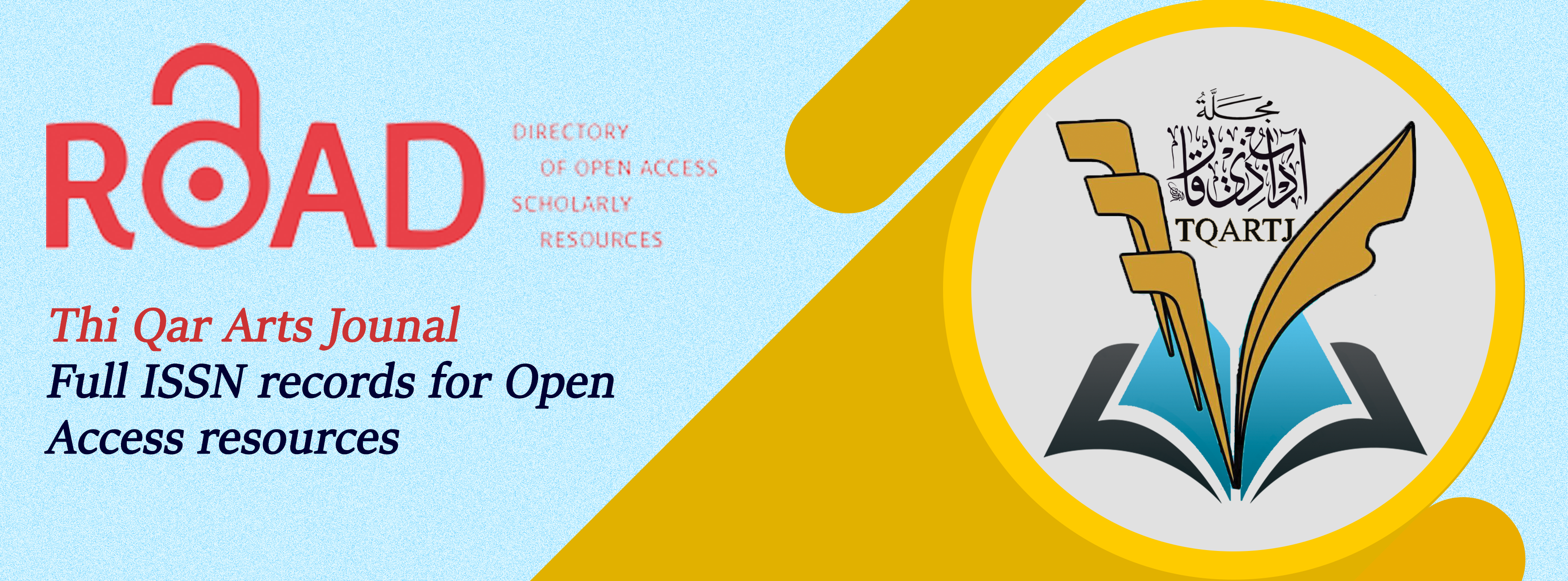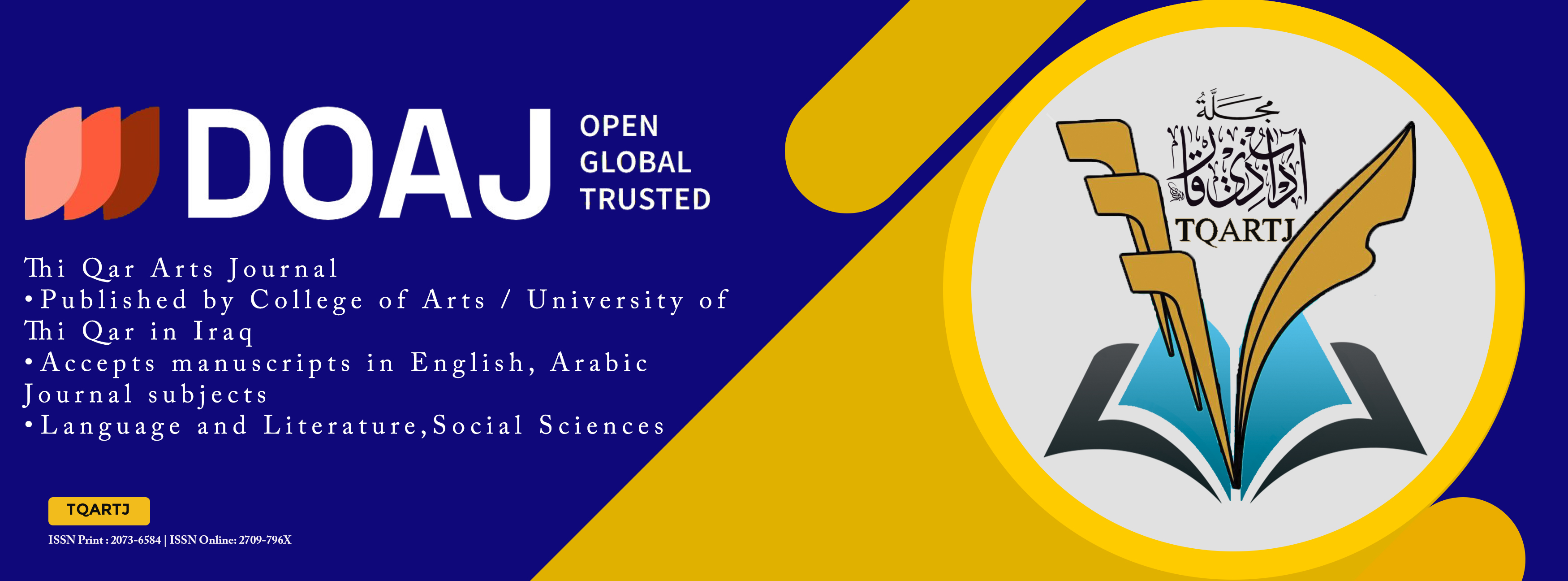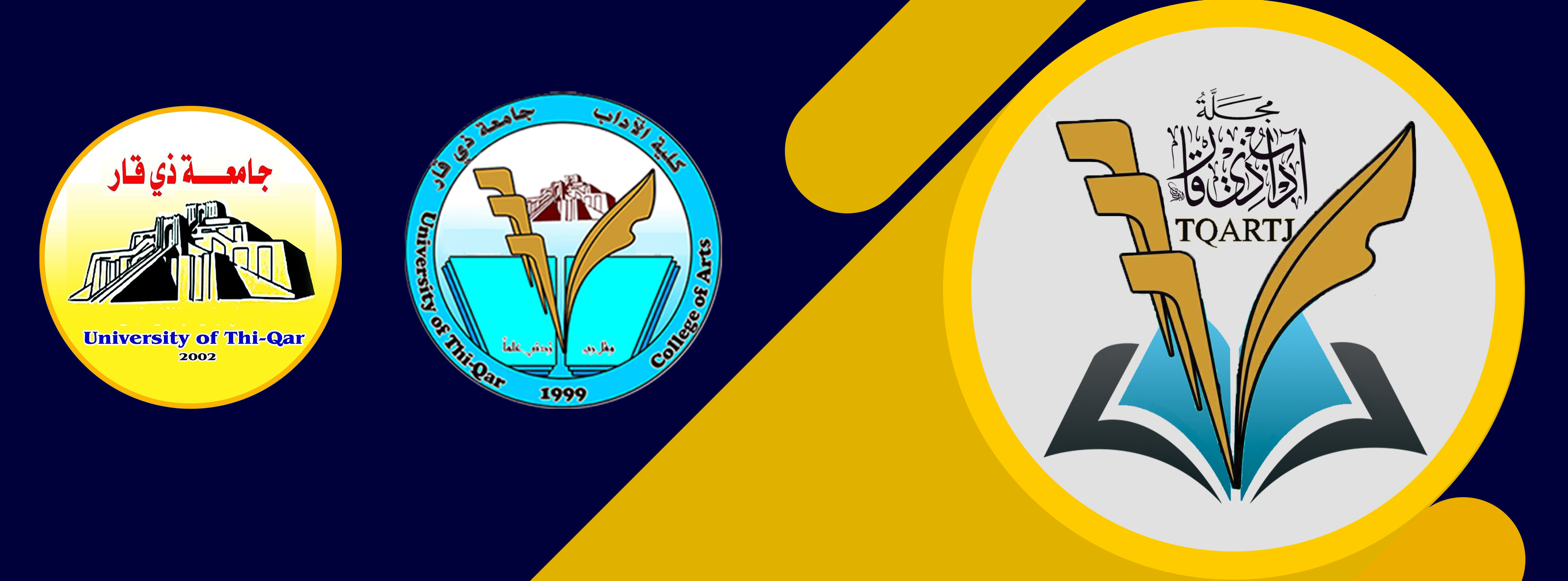School Bullying Among Middle School Students
DOI:
https://doi.org/10.32792/tqartj.v3i45.573Keywords:
School environment, bullying behavior, forms of school bullying, social influences, brawls.Abstract
This research aims to shed light on the problem of school bullying, its prevalence, and to expose its weaknesses and harms. The importance of the study lies in identifying the behavior of school bullying and attempting to develop long-term plans through the school environment by various activities and understanding different viewpoints to deal with it. The research also allows for recognizing the most significant forms and manifestations of school bullying and helping students get rid of it, as well as assisting families in identifying and avoiding it in the best possible way. The development of student relationships is governed by many social and behavioral variables and influences. It was found that the behavior of school bullying is not only directed at each other but has also been directed at the teaching staff and practiced outside the school walls, which has become a significant danger. Bullying behavior is considered a serious problem that threatens school security in general and society in particular (Georgiou, 2008, p. 118).
Downloads
References
• The Holy Quran
Abu Al-Diyar, Mas’ad (2011): The effectiveness of a counseling program for self-esteem in reducing bullying behavior among children with attention deficit hyperactivity disorder. Journal of the Center for Psychological Research and Studies, Cairo University, Egypt.
Abu Ghazal, Muawiya (2010): Causes of aggressive behavior from the perspective of victimized and non-victimized students. Journal of the University of Sharjah for Humanities and Social Sciences, Volume (7), Issue (2).
Al-Bahs, Sayed Ahmed (2012): Psychological security among bullying students and their non-bullying peers: A clinical-psychological study. Faculty of Education Journal, Benha University.
Jardat, Abdul Kareem Mohammed (2008): Bullying behavior among inmates of rehabilitation and correctional centers in Jordan. Journal of the Basic University for Educational Studies, First Issue (2013), Saudi Arabia.
Hameed, Amira Mazhar (2012): The impact of two counseling approaches in reducing aggressive behavior among middle school students. Unpublished doctoral thesis, University of Baghdad, Ibn Rushd College of Education.
Hameed, Amira Mazhar (2013): Aggressive behavior among middle school students: An independent research study at the University of Baghdad.
El-Desouki, Magdy Mohamed (2016): Measuring bullying behavior in children and adolescents. Professor of Mental Health, Dean of the Faculty of Specific Education, Menoufia University, Dar Al-Uloom for Publishing and Distribution.
Al-Zubai, Abdul Jalil Ibrahim, Ibrahim, Abdul Hassan, Elias, Mohamed Bakr (1981): Psychological tests and measures. Iraq, University of Mosul.
Sadek, Adel (1997): “Know Yourself,” 3rd edition, Baghdad.
Al-Sabbahin, Ali Musa (2007): The impact of a rational-emotional counseling program on reducing bullying behavior among upper basic stage students in the Arab Northern Badia. Unpublished doctoral thesis, Yarmouk University, Irbid, Jordan.
Alawneh, Shafiq Falah (2004): Psychology of human development in childhood. Dar Al-Maseera, Amman.
Eisawi, Abdel Rahman Mohamed (1985): Measurement and experimentation in psychology and education. Dar Al-Maarefa University, Alexandria, Egypt.
Al-Qahtani, Nora Bint Saeed (2012): School bullying and intervention programs. Journal of Educational and Psychological Sciences, Issue (211), Saudi Arabia.
Malham, Sami Mohamed (2000): Measurement and evaluation in education and psychology. Amman, Jordan, Dar Al-Maseera for Publishing and Distribution.
Foreign References
Bandura A.(1986) the Basics of social psychological Remington press - new york.
Cronbach, L. J. (1984): Essentials of psychological. 2nd Lond, Harper & Row publisher, LTD.
Kaplan ,E, & Sac lock ,J, (1999),The Com Prehensile of, then wiely, New-Jersey.
Olweus, D.(1997)Bully/victim problemsin school: facts and intervention. European Journal of psychology of Eduction,12,(4) 495— 510.
Downloads
Published
Issue
Section
Categories
License
Copyright (c) 2024 Dr. Waheed Aqal Dhumad

This work is licensed under a Creative Commons Attribution 4.0 International License.
The journal applies the license of CC BY (a Creative Commons Attribution International license). This license allows authors to keep ownership of the copyright of their papers. But this license permits any user to download, print out, extract, reuse, archive, and distribute the article, so long as appropriate credit is given to the authors and the source of the work. The license ensures that the article will be available as widely as possible and that the article can be included in any scientific archive.



















